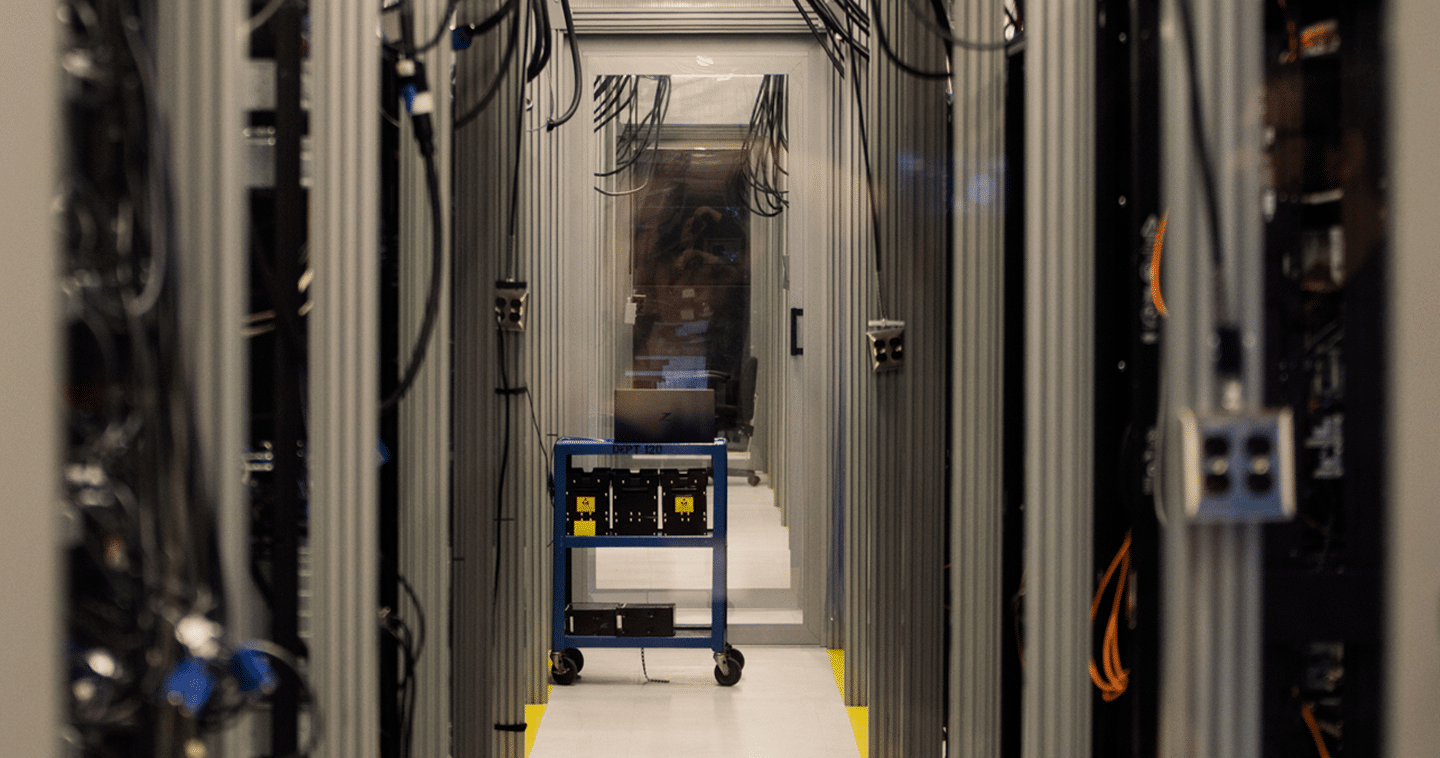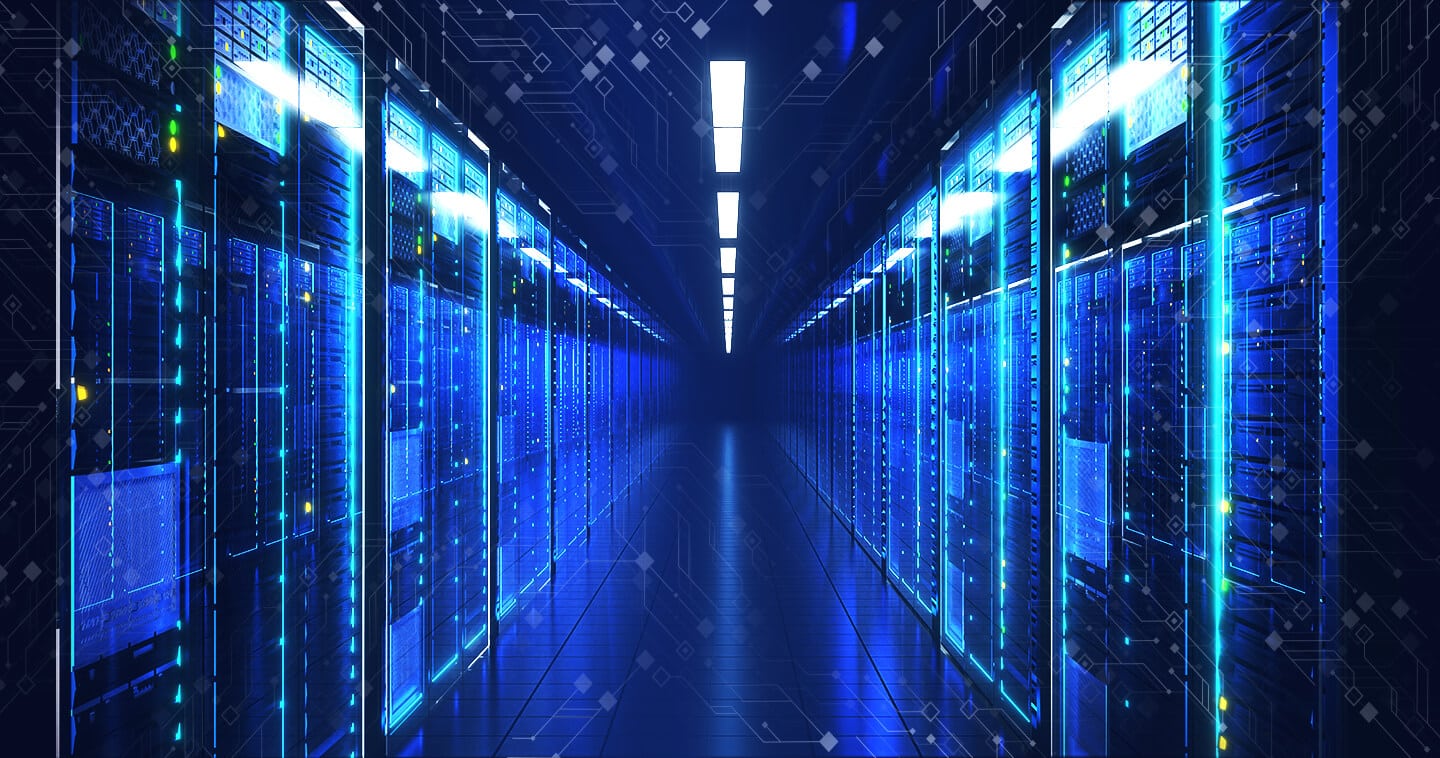Untapped Data – Getting More from IoT Data at the Edge and in the Cloud
Industry analysts estimate there will be 29 billion connected devices by 2021, and by 2025 a person will be interacting with a connected device 4800 times a day. That’s one in every 18 seconds! What’s more interesting, perhaps even shocking, is that despite the many yottabytes of data collected by these connected devices, very little of it is transmitted to the cloud. According to ABI Research in its Edge Analytics in IoT report, only 0.0013% of generated data will be captured, and out of it only 4% will be transmitted. What about the other 96%? We won’t know what we don’t know. Just imagine the potential insights we aren’t deriving from the huge amount of data that isn’t captured and stored.
Data is captured, encrypted, processed and analyzed at the edge for many reasons. In the case of an autonomous car, real-time insights and actions from data captured from cars, traffic, buildings, environment, weather, news and events with accuracy and no latency are critical for ensuring safety on the road! For surveillance, facial recognition and voice validation can rapidly confirm whether the person seeking entry is who he/she is supposed to be. Clearly there is a huge value in edge analytics, but there are also use cases that make sense for storing additional data collected at the edge.
Context out of Content
What makes real-time analytics at the edge become possible or even preferred, not just now but in years to come, is the possibility of conducting artificial intelligence (AI) and machine learning (ML). AI and ML are becoming increasingly more complex, versatile and sophisticated to enable real-time analysis at the edge, on the hub and, ultimately, in the cloud to get more value from all of the IoT data collected. Data can be sent to the cloud, where machine learning and AI can be trained to watch for patterns and gain insights from large data sets over time.
In retail, the context of the shoppers can be applied to other data sets, such as weather patterns, to determine whether men or women are more likely to visit the store on a rainy day. Analyzing customer behavior patterns can take insights to intelligence. A retail store could take insights from past purchases to make recommendations for future purchases. Retailers can go as far as employing facial recognition to suggest add-on purchases right there at check-out. The possibilities are endless!
Considerations for Edge and Cloud Workloads
Western Digital is committed to storing valuable data throughout the Edge to Core ecosystem and addressing the unique challenges in these environments. There are a few considerations to ensure the data can be successfully captured at the edge in these environments.
Applications such as surveillance and healthcare imaging require real-time analytics at the edge. In order to glean valuable insights from data collected at the edge, there are new requirements for capturing the data. Data collection at the edge means sensors and storage are not residing in a pristine data center, but are out in the elements. That could mean collecting data for days or weeks in extreme high or low temperatures or while aboard moving platforms where they must be able to withstand unpredictable vibrations. Edge environments can be significantly harsher than traditional mobile, client or data center environments.
Since edge devices may be unattended for long periods of time, they also need to retain data despite environmental extremes. Data storage must be built for remote accessibility and longevity. Remote maintenance requires special features such as health monitoring or thermal throttling from afar.
Getting the Most out of IoT Data from Edge to Core
Whether it’s capturing and processing data in real time at the edge, or applying machine learning to larger datasets at the core, there are exciting opportunities across industries for maximizing the value of IoT data. Named one of the 50 most innovative IoT companies, Western Digital captures, stores, and analyzes IoT data throughout the edge to cloud ecosystem, opening opportunities for increased insights and intelligence.
Embedded Computing Design caught up with Chris Bergey after his presentation at IoT World. Check out the interview in the video below.
Forward-Looking Statements
Certain blog and other posts on this website may contain forward-looking statements, including statements relating to expectations for our product portfolio, the market for our products, product development efforts, and the capacities, capabilities and applications of our products. These forward-looking statements are subject to risks and uncertainties that could cause actual results to differ materially from those expressed in the forward-looking statements, including development challenges or delays, supply chain and logistics issues, changes in markets, demand, global economic conditions and other risks and uncertainties listed in Western Digital Corporation’s most recent quarterly and annual reports filed with the Securities and Exchange Commission, to which your attention is directed. Readers are cautioned not to place undue reliance on these forward-looking statements and we undertake no obligation to update these forward-looking statements to reflect subsequent events or circumstances.




